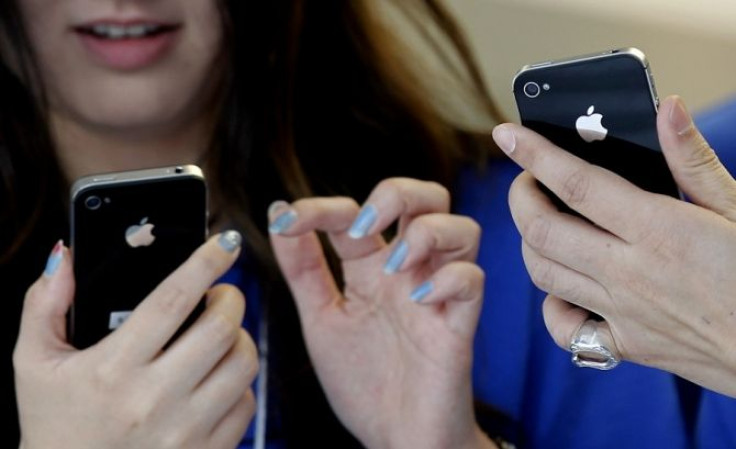Cheap-Tech: iPhone Modified To Detect Intestinal Worms

There are a lot of hurdles to overcome in the developing world concerning medical treatment and diagnoses. Among these are a lack of doctors, having 2.28 health care workers per 1,000 people, lack of access to facilities to do detailed blood and chemical analysis and no access to powerful microscopes to detect certain diseases.
Cellular phones have become an essential part of life in everyday Africa (with a close to 20 percent penetration rate), with a money system run through phones that is more advanced than what is found in America today. Researchers are trying to use these ubiquitous devices to advance the state of medicine in the developing world.
A recent publication in the American Journal of Tropical Medicine and Hygiene used a fast and inexpensive solution to diagnose intestinal worms in African children. By attaching an $8 ball lens to a cellphone camera lens using double sided tape, they turned a cheap cellphone into a complex high resolution medical microscope.
The researchers took photos of stool samples on glass slides that were wrapped in cellophane. The photographs were analyzed for the presence of eggs, which usually indicate an infection of worms in the intestines.
When the results from the cell phone microscope were double-checked with a laboratory grade microscope they found the phone to be 70 percent accurate in diagnosing the infection in general cases and 90 percent effective in diagnosing more serious infections.
The reason worse infections had a higher accuracy of diagnosis is because there are far more eggs present in samples.
Intestinal worms affect about 2 billion people in the world (or around 28 percent of the world's population)
"These parasitic infections cause malnutrition, stunted growth, and stunted mental development," according to Dr. Isaac Bogoch, lead researcher on the project,
The research report can be found here.



























